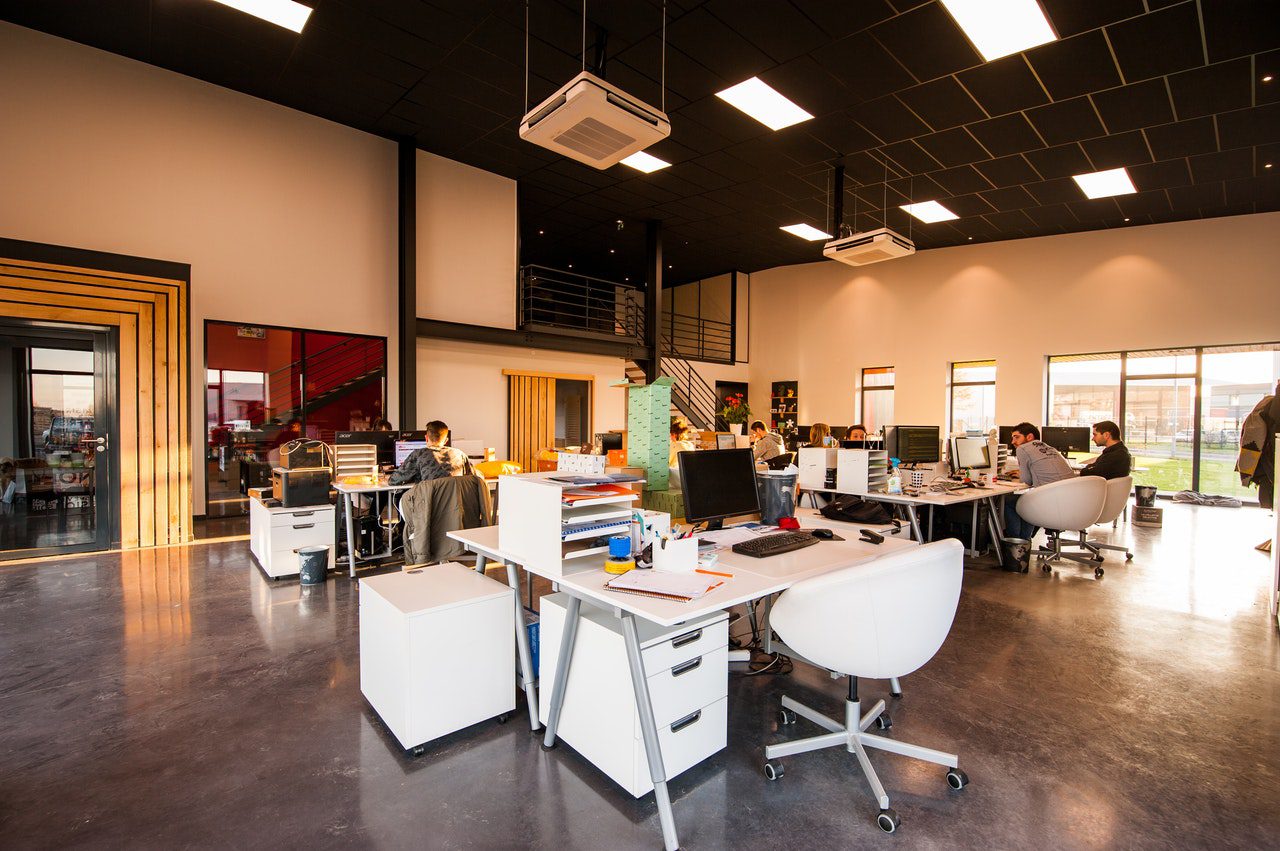The Ultimate Way To Increase Your Brand Awareness
Brand Awareness is important for increasing your company’s revenue. Whether you’re a small business with only one product or a large corporation that offers a full line of high-quality goods and services, it’s essential to let people know what you have to offer.
There are many ways to increase brand awareness, but none as effective as,
Social Media Marketing:
Use Social Media Platforms
Platforms such as Facebook and Twitter to promote your brand and content. Not only will these networks allow you to spread the word about your products/services, but they’ll also allow visitors to rate and review your products allowing other visitors to better understand the value of what you’re offering. In addition, social media can be used not just to push out your message but also to receive feedback, which is important for building trust.
Use Youtube To Share Videos Of Your Products/Services
This will give viewers an up-close look at what you have to offer before deciding whether or not to buy, increasing the chance that they will follow through on their purchase. You can also use YouTube’s annotation feature to encourage people who are watching your video (and especially subscribers) to visit your website and explore more videos like it.
Post pictures of your company events or work environments on Facebook, Pinterest, or Instagram. Make sure to hire a professional corporate event planner for your company events. These pictures will encourage viewers to learn more about who you are as a company, encouraging them to follow your brand.
Regularly Update Your Blog With New Content
Not only should you write about current events occurring in your company, but you should also write posts related to industry news and trends, as well as topics of interest for your target audience. By doing so, you’ll establish yourself as one of the go-to sources for industry information which will build trust among potential customers.
If You Do Not Have A Website Yet, Create One Now!
A website lets people know who you are and what services/products you have to offer without putting down their credit information first – they can take their time to learn about the benefits of your product. Then, if they like what they see, they can subscribe to your channel to receive updates when new posts are published.
Link All Social Media Platforms Together
i.e., post images on Pinterest that link back to Facebook, use hashtags that tie Twitter into the picture; this way, people who visit one site will be able to explore more content across other platforms. This is great for building traffic and increasing brand awareness by exposing potential customers of various demographics to various content related specifically to their interests.
Utilize Paid Ads On Social Media Sites
Media sites such as Facebook and Google Adwords to get your brand in front of a wider audience at a lower cost than conventional advertising methods. While social media marketing is highly effective in and of itself, it’s also a very cost-efficient method for getting your name out there, especially if you’re still working on establishing your brand.


 The responsibilities of a Chief Executive Officer are seemingly endless. From managing strategic direction, evaluating group and company operations to communicating with various stakeholders – the daily schedule of a CEO can be relentless. There are never enough hours in the day, and for business leaders this is certainly true. So, if you’re a relatively new CEO or you’ve been at the helm for a while – how can you manage your time more effectively?
The responsibilities of a Chief Executive Officer are seemingly endless. From managing strategic direction, evaluating group and company operations to communicating with various stakeholders – the daily schedule of a CEO can be relentless. There are never enough hours in the day, and for business leaders this is certainly true. So, if you’re a relatively new CEO or you’ve been at the helm for a while – how can you manage your time more effectively? Packaging is one of the most crucial elements of an eCommerce store and it can determine the level of success your business experiences. The way you package your product goes a long way to attracting potential customers, appealing to your target audience and differentiating your brand from the competition.
Packaging is one of the most crucial elements of an eCommerce store and it can determine the level of success your business experiences. The way you package your product goes a long way to attracting potential customers, appealing to your target audience and differentiating your brand from the competition. Let’s set the scene.
Let’s set the scene.